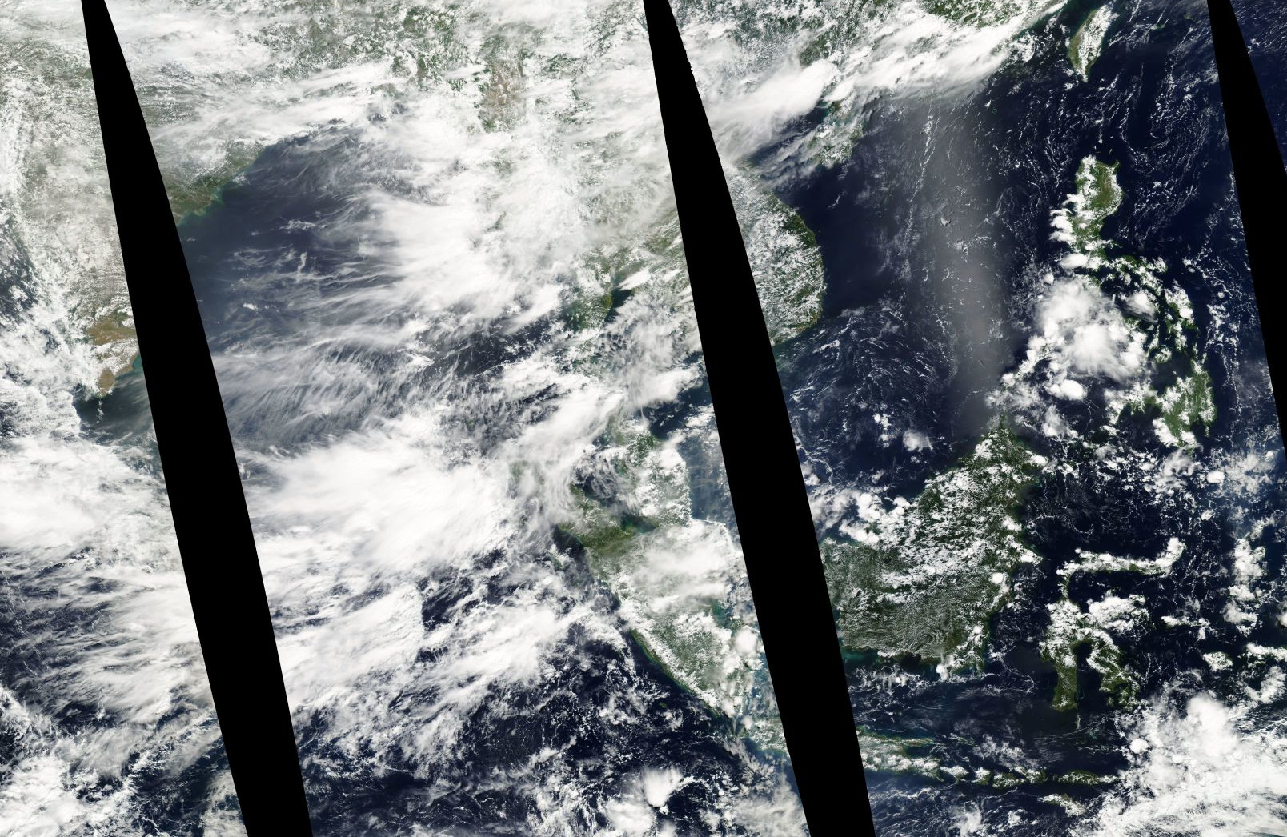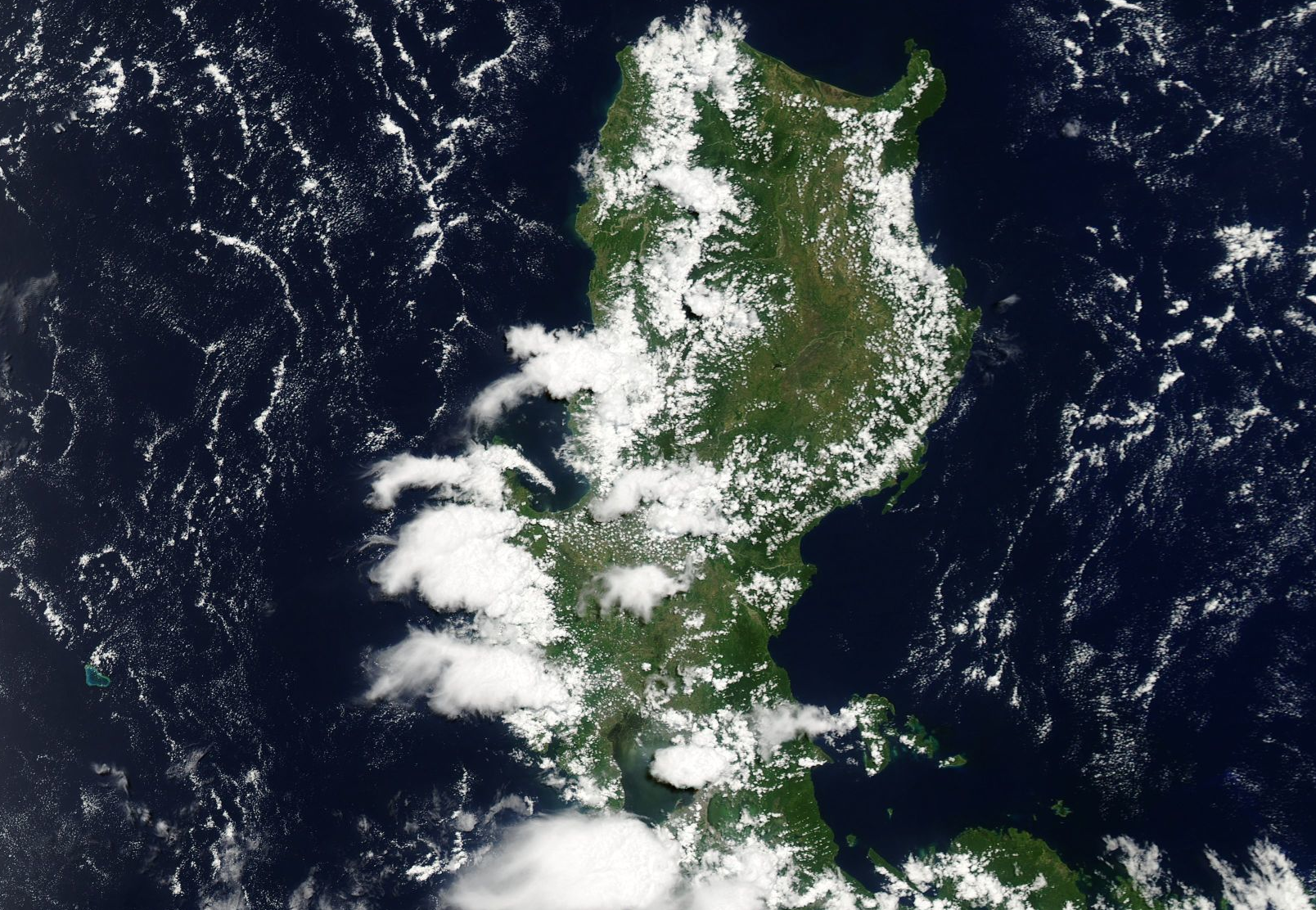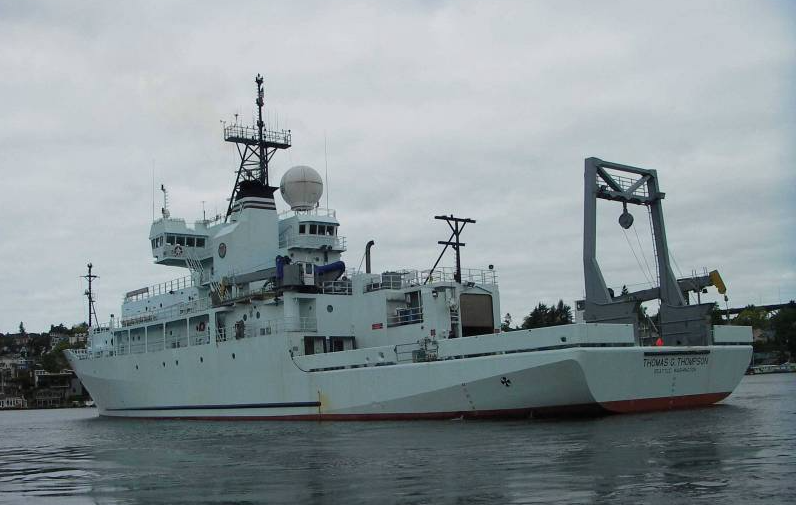The CAMP2EX website may be found here: NASA CAMP2Ex
PISTON stands for the Propagation of Intra-Seasonal Tropical OscillatioNs. While numerous tropical intra-seasonal oscillations exist, PISTON will primarily target the Boreal Summer Intraseasonal Oscillation (BSISO). The BSISO defines the northward and eastward movement of the Asian monsoon during northern-hemispheric (boreal) summertime. This oscillation has been observed to impact weather across the Maritime Continent and into the southeastern portions of continental Asia, and even weather within the United States. The BSISO is rather complex, and PISTON is therefore an extensive field campaign, involving both intensive numerical modeling and observational activities. Namely, the PISTON campaign emphasizes two scientific questions:
- How do localized features such as island orography and individual thunderstorms influence tropical intraseasonal oscillations?
- How does variability in large-scale atmospheric circulations over the South China Sea influence the diurnal cycle, synoptic systems, and interactions between the atmosphere and ocean within the Maritime Continent?
More specific scientific questions are detailed below.
Multi-scale Interactions
An inclusive investigative approach
Modeling and observational efforts within PISTON have been designed to target the multi-scale complexity of the summertime atmosphere in the Asian monsoonal region. As synoptic scale atmospheric waves approach the Maritime Continent, feedbacks between regional atmospheric processes and those associated with island orography generates a complex environment. A detailed understanding of how atmospheric processes across a range of scales -- from microphysics to convectively coupled Kelvin waves -- interacts is essential to forecasting within the region.
PISTON will emphasize numerical modeling during its initial stages, and will transition to an observationally intensive period during mid-2018. The data collected during the campaign will support science for years beyond the end of the campaign period.
The Diurnal Cycle
An underlying factor
The diurnal cycle, or cycle in weather patterns over a 24-hour period, is a primary component of weather within the Maritime Continent. The diurnal cycle is particularly dependent upon solar radiation, and the tropics receive the majority of solar radiation across the globe. Understanding how such daily cycles interact with other atmospheric and oceanic processes is therefore a cornerstone of the PISTON campaign.
Neglecting larger-scale atmospheric processes, the diurnal cycle of heat exchange and storage within the Maritime Continent may significantly influence weather patterns. For example, how much energy is stored in the ocean surface, and how is that energy exchanged with the atmosphere? How do atmospheric circulations influence the diurnal cycle of convection driven by island orography, and is this interaction crucial to the evolution of the BSISO?
Atmospheric Modeling
Dissecting the atmosphere numerically
The monsoonal season within the Maritime Continent offers a prime environment to test the capabilities of state-of-the-art atmospheric numerical models. It has been hypothesized that atmospheric processes within the region are dependent upon both regional and mesoscale processes. Our models must therefore accurately model a wide range of atmospheric processes -- a task that is not simply accomplished.
A wide range of atmospheric models have been selected, ranging from global circulation models that parameterize clouds to cloud-resolving models that can directly resolve moist convective processes. A synergistic comparison of output from these models will help scientists determine which processes are the most important within the Asian monsoonal regime.
On Board the Thomas G. Thompson
A seaborne research laboratory
The R/V Thomas G. Thompson, owned by the Office of Naval Research, will be a primary station for field operations during PISTON. The Thomas G. Thompson will carry polarimetric and Doppler radar, and will be a platform for other observational activities. Atmospheric profiles will be sampled by launching radiosondes, or weather balloons, from the boat's deck, and additional instruments will be used to sample atmospheric aerosols, air-sea fluxes, and upper-oceanic characteristics.
PISTON may be coordinated with research missions from other national departments, including the NASA CAMP2EX (Cloud and Aerosol Monsoonal Processes - Philippines Experiment) and inter-agency YMC (Year of the Maritime Continent) campaigns.




